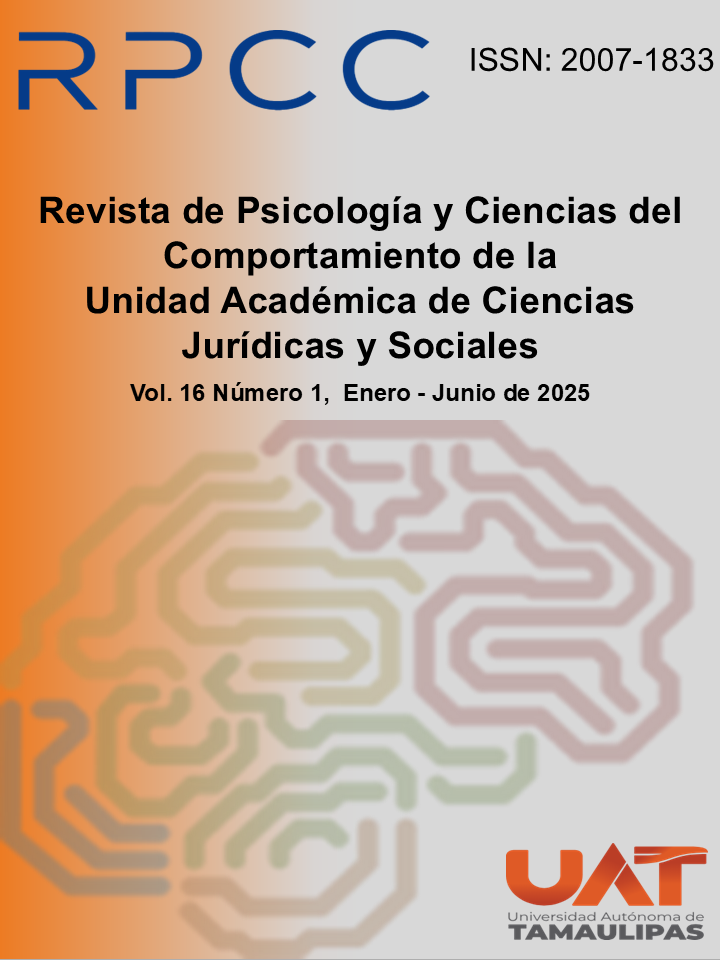Perception of crime in the neighborhood: gender differences in adolescents from Baja California, Mexico
DOI:
https://doi.org/10.29059/rpcc.20250601-196Abstract
The study describes the perception of crime in the neighborhood and analyzes gender differences in middle school and high school students from various municipalities in the state of Baja California. The sample consisted of 2246 students (51.9% women and 48.1% men), in an age range of 12 to 18 years. A secondary analysis of the 2023 State Survey for Adolescents of the state of Baja California was conducted. A non-experimental cross-sectional comparative design was used. The main crimes and incivilities perceived in their neighborhoods were drug use in public places (51.3%), street fights (48.6%) and assault in public places (43.1%). The general perception of crime was higher in adolescent girls (d = 0.27). The main differences were found in sexual harassment (f = 0.23), disappearance of children (f = 0.17) and adolescents (f = 0.15). It is concluded that young people's perception of crime partially corresponds to official records, but there is a gender bias that increases for sexual and violent crimes.
Downloads
Published
Issue
Section
License

This work is licensed under a Creative Commons Attribution-NonCommercial-ShareAlike 4.0 International License.
Those authors who have publications with the Journal of Psychology and Behavioral Sciences of the Academic Unit of Legal and Social Sciences, accept the following terms:
a. The authors will retain their copyright and guarantee the journal the right to first publish their work, which will be simultaneously subject to the Creative Commons Attribution-NonCommercial-Share Alike 4.0 International License. which allows third parties to share the work as long as its author and his first publication are indicated this journal.
b. Authors may adopt other non-exclusive license agreements for the distribution of the version of the published work (e.g., deposit it in an institutional telematic archive or publish it in a monographic volume) provided that the initial publication in this journal is indicated.
C. Authors are allowed and recommended to disseminate their work through personal communication (e.g. colleagues) before and during the submission process, for purposes of feedback or enrichment of the work, which can produce interesting exchanges








